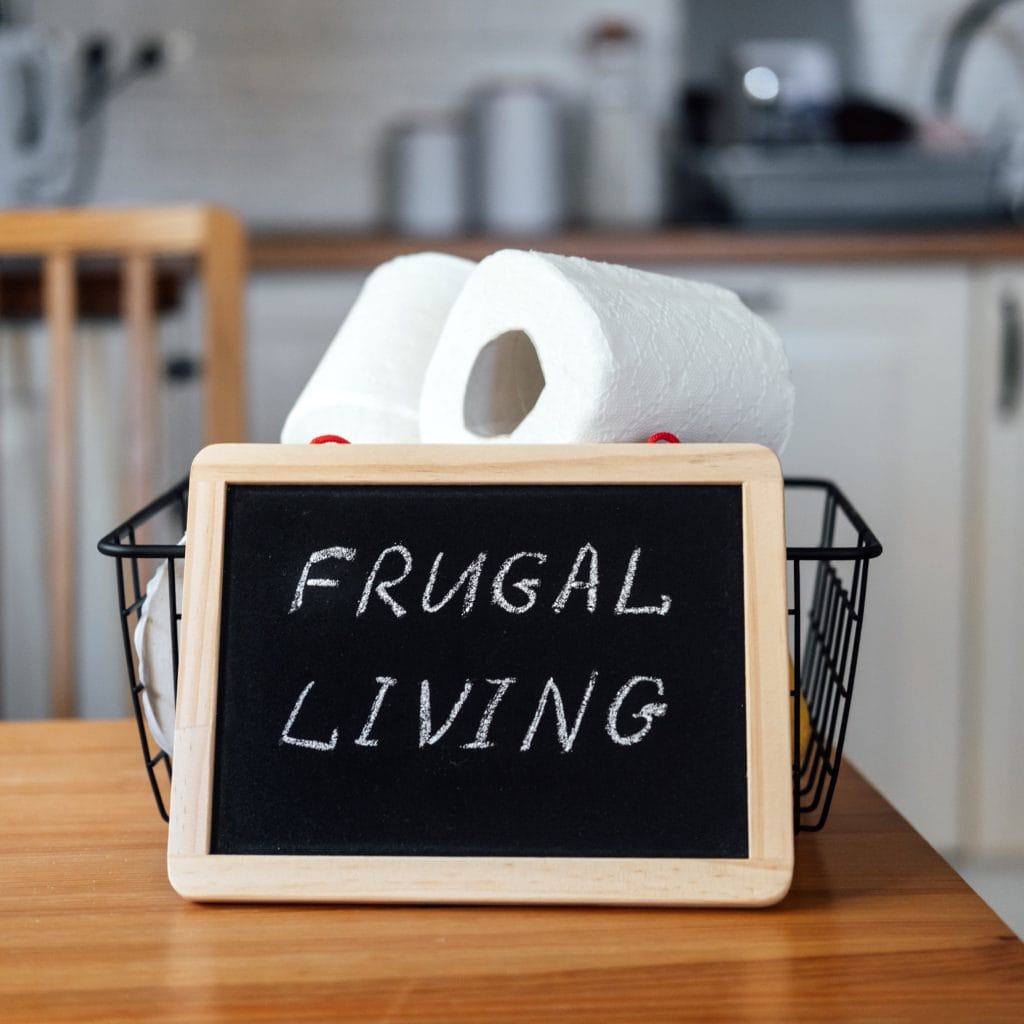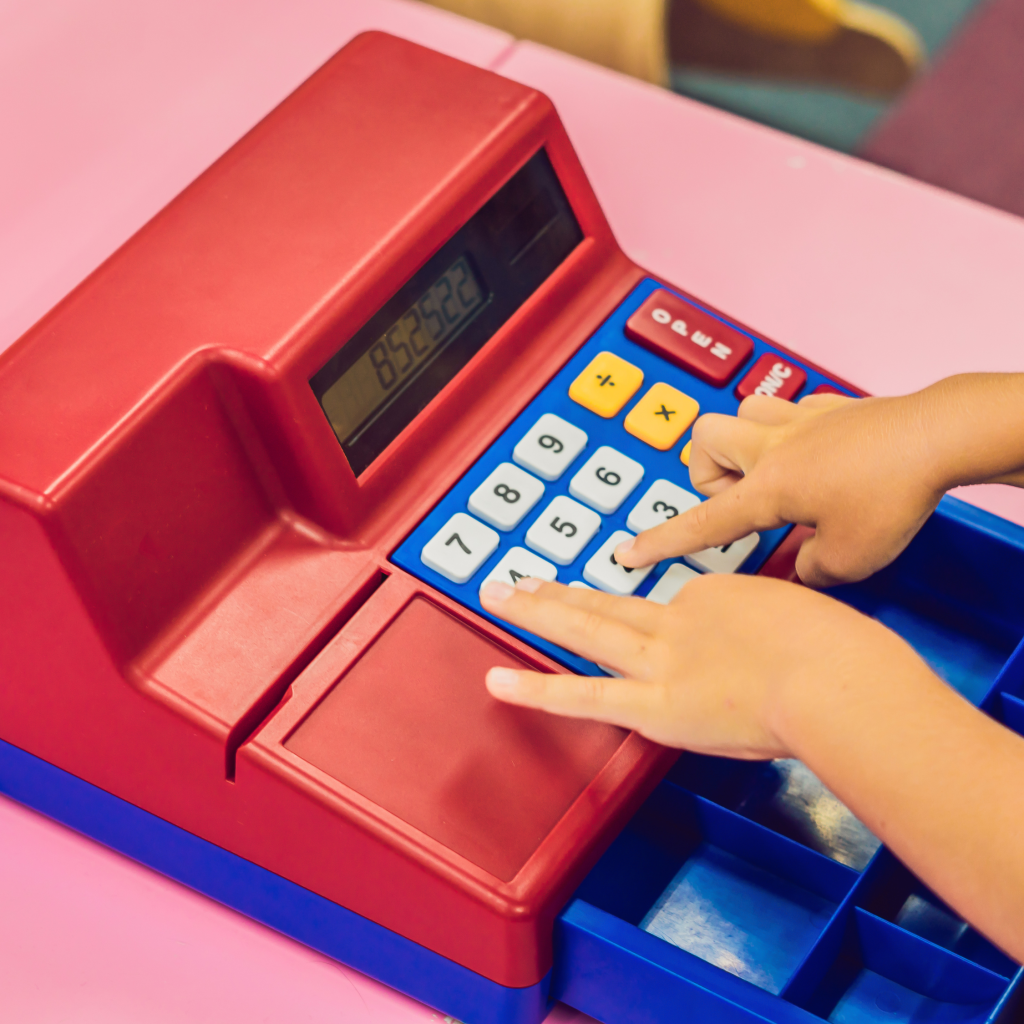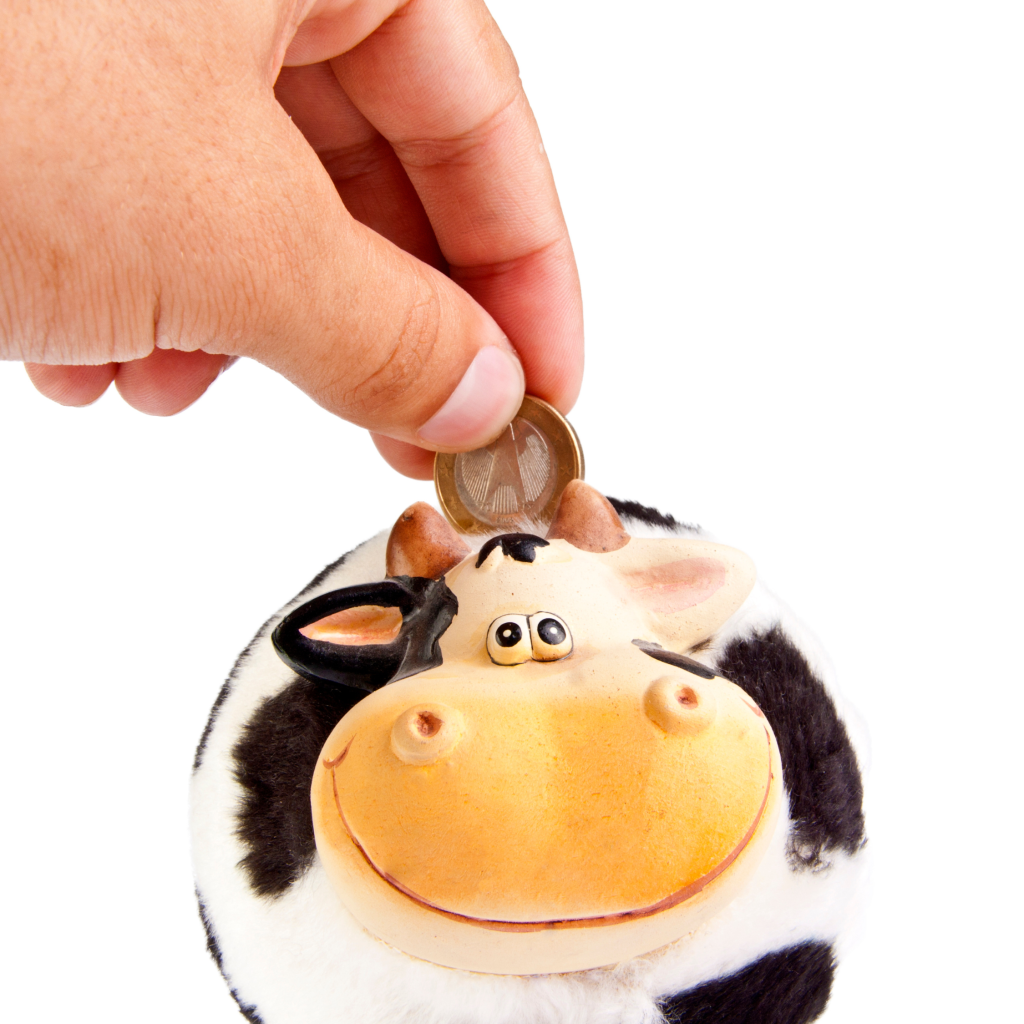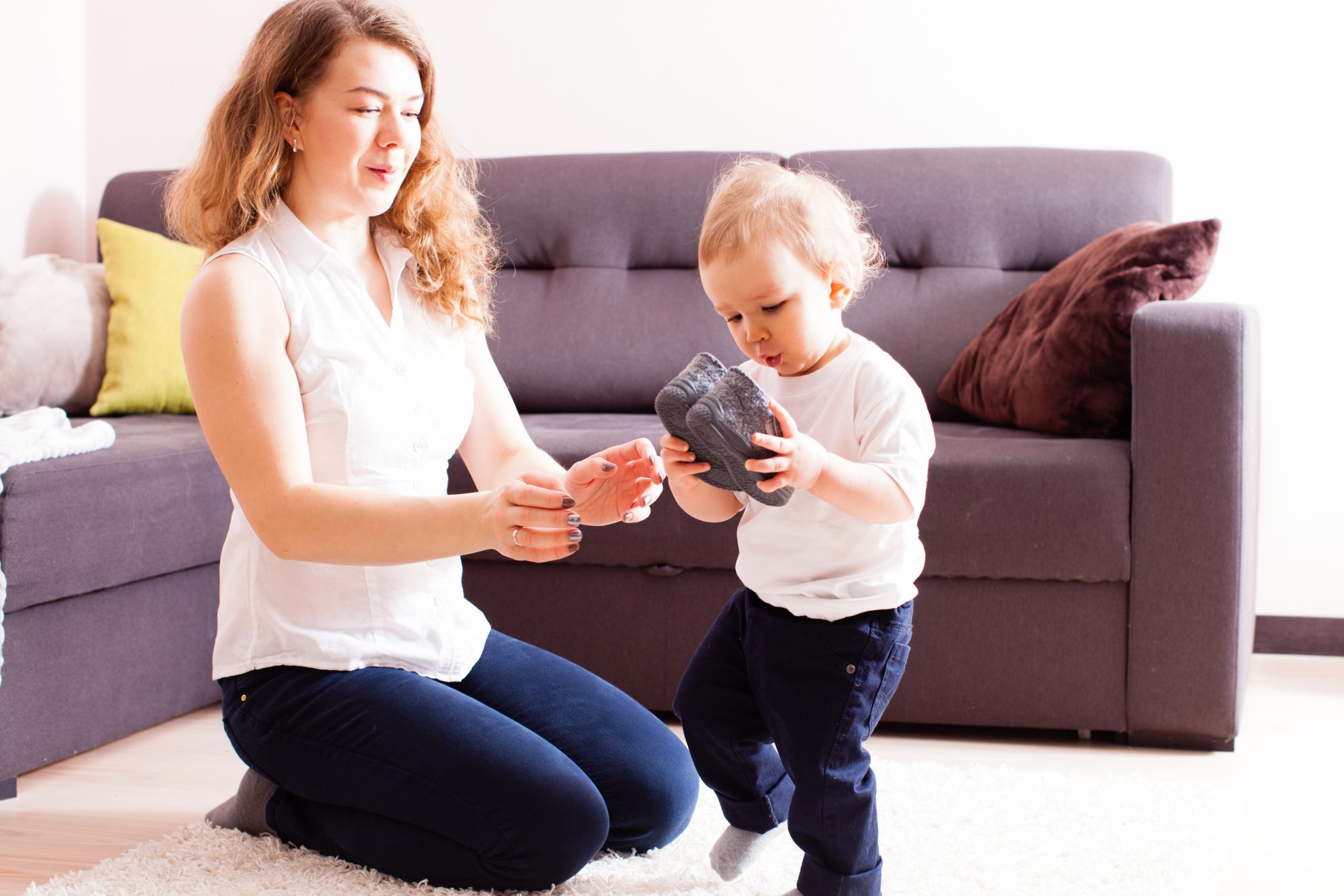The path to financial independence and retire early (F.I.R.E) is often portrayed as requiring extreme sacrifices and austerity. However, it’s possible to pursue F.I.R.E. without compromising your quality of life. By implementing strategic financial practices and lifestyle choices, you can achieve your goals while still enjoying the journey.
In this article, we’ll explore ten ways to pursue F.I.R.E. without sacrificing everything, focusing on practical tips for optimizing your finances, prioritizing your well-being, and finding fulfillment along the way. Whether you’re just starting your F.I.R.E. journey or looking for ways to accelerate your progress, these strategies can help you achieve financial freedom while living a life of purpose and abundance.
1. Embrace Frugality Without Sacrificing Quality of Life
In the journey to financial independence and early retirement (F.I.R.E), frugality is often a key principle. However, this doesn’t mean living a life of deprivation. Instead, it’s about being intentional with spending. Look for areas where you can cut costs without sacrificing what brings you joy. For example, cooking at home can be both cost-effective and a way to enjoy delicious meals. Opting for affordable leisure activities or free hobbies can also enrich your life without breaking the bank.
2. Maximize Income Streams Through Side Hustles
Increasing your income through side hustles is a powerful way to accelerate your journey to F.I.R.E. Explore your skills and passions to find opportunities for additional income. Whether it’s freelance work, consulting, or creating a small online business, diversifying your income streams can provide financial security and flexibility. Additionally, investing in yourself through education or training can open up higher-paying opportunities in the future.
3. Invest Wisely for Long-Term Growth
Investing is a cornerstone of the F.I.R.E. movement, but it’s essential to do so wisely. Instead of trying to time the market or chasing quick gains, focus on a long-term strategy. Consider low-cost index funds or exchange-traded funds (ETFs) for diversified exposure to the market. Research shows that consistently investing over time, even small amounts, can yield significant returns due to compounding interest. Don’t overlook tax-advantaged accounts like IRAs or 401(k)s, which can further boost your savings through tax benefits.
4. Optimize Expenses Without Sacrificing Quality
Cutting expenses doesn’t have to mean cutting quality. Look for ways to optimize your spending by eliminating unnecessary costs and negotiating better deals. For example, reviewing your subscriptions and canceling those you don’t use can free up extra cash each month. Similarly, shopping around for insurance policies or utilities can often result in lower bills without sacrificing coverage or service quality. Being mindful of your spending habits and prioritizing value over convenience can lead to significant savings over time.
5. Prioritize Health and Wellness on a Budget
Investing in your health is crucial for long-term well-being and can also save you money in the long run. However, this doesn’t mean spending a fortune on gym memberships or trendy diets. Instead, focus on simple, sustainable habits like regular exercise, nutritious home-cooked meals, and adequate sleep. There are plenty of free or low-cost resources available, such as workout videos online or community fitness classes. Additionally, preventive care and wellness screenings can help catch potential health issues early, saving you both money and stress down the road.
6. Practice Mindful Spending to Align With Values
Mindful spending involves aligning your purchases with your values and priorities. Before making a purchase, ask yourself if it brings you true happiness or if it’s just a fleeting desire. Consider the environmental and social impact of your spending choices and opt for products and services that align with your values. This approach not only helps you save money by avoiding impulse purchases but also promotes a more conscious and fulfilling lifestyle.
7. Cultivate a Thriving Social Life Without Overspending
Maintaining a vibrant social life is essential for overall well-being, but it doesn’t have to come with a hefty price tag. Get creative with socializing by hosting potluck dinners or organizing outdoor activities like hiking or picnics. Take advantage of free community events or cultural festivals in your area for inexpensive entertainment options. By focusing on quality time spent with loved ones rather than expensive outings, you can nurture your relationships without blowing your budget.
8. Plan for Emergencies and Unexpected Expenses
Building a robust financial safety net is crucial for weathering unexpected expenses or emergencies without derailing your F.I.R.E. goals. Aim to save at least three to six months’ worth of living expenses in an easily accessible emergency fund. This cushion can provide peace of mind and prevent you from having to dip into your investments or incur high-interest debt in case of a job loss or medical emergency. Automate your savings contributions to ensure consistency and gradually increase your emergency fund over time.
9. Embrace Minimalism for Clarity and Freedom
Minimalism is about intentionally simplifying your life by focusing on what truly matters and decluttering the rest. By reducing material possessions and expenses, you can free up space, time, and resources for things that bring you joy and fulfillment. Start by decluttering your home and selling or donating items you no longer need or use. Adopting a minimalist mindset can also extend to your finances by avoiding lifestyle inflation and prioritizing experiences over material possessions.
10. Practice Gratitude and Contentment Along the Journey
Finally, remember to cultivate gratitude and contentment throughout your F.I.R.E. journey. Celebrate your progress and accomplishments, no matter how small, and appreciate the abundance in your life. Gratitude can help shift your focus away from what you lack to what you already have, fostering a sense of fulfillment and happiness. By embracing gratitude and contentment, you can find joy and satisfaction in the present moment while still working towards your financial goals.
Financial Independence and Early Retirement
Achieving financial independence and early retirement is possible without sacrificing everything. By embracing frugality, maximizing income streams, investing wisely, and optimizing expenses, you can accelerate your journey to F.I.R.E. while maintaining a high quality of life. Prioritizing health and wellness, practicing mindful spending, and cultivating meaningful relationships are essential components of a fulfilling and sustainable lifestyle. Remember to plan for emergencies, embrace minimalism, and practice gratitude along the way. With these strategies, you can achieve your F.I.R.E. goals while living a life of purpose and abundance.

Ashleigh Clyde is a dedicated youth advocate, journalist, and researcher. Passionate about shedding light on important issues, such as financial literacy and marketing tactics. She has extensive experience in entertainment journalism.



































































































